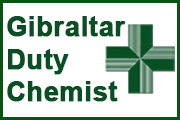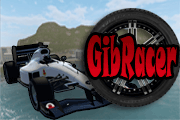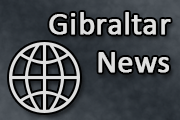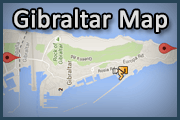I wanted to give photogrammetry another try as after having read some reviews on the latest software available, the indication was that quite a lot of progress had been made since my last tests.
I needed some sort of Lazy-Susan rig to rotate the test subjects while taking photos. It would be great to have an automated rig that would turn as required without leaving the camera. I started getting some ideas together which resulted in some kind of old record player turned into a remote controlled turntable. It was a fantastic piece of luck that when I started asking around for a broken record player a good friend donated his father’s old damaged Akai AP101.

I completely dismantled and cleaned the unit saving the turntable assembly and the drive belt.
Checking the empty unit, it appeared a NEMA17 step motor would have a good size to mount in the available area previously occupied by the old motor, only a couple of holes needed drilling to secure the motor to the chassis.
I prepared a breadboard prototype of the components using an Arduino Uno. As I didn’t have a step motor at the time, I used a small servo to simulate motion.
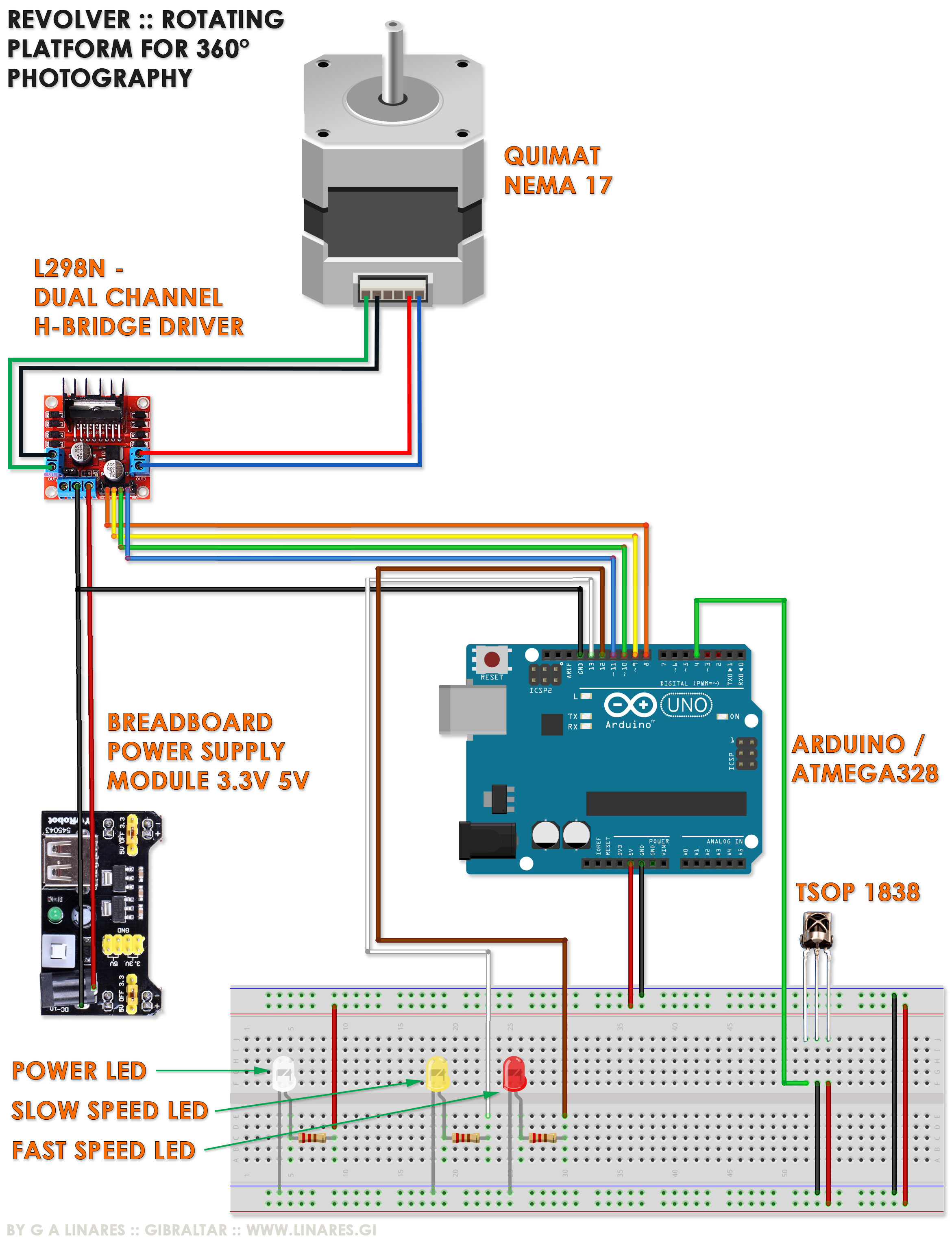
In the prototype I also included 3 LEDs (to indicate; power on, speed1, speed2), IR receiver and a couple of buttons as test controls, these were omitted from final build.

In the final build I also replaced the Arduino UNO with an ATMEGA328 microchip which I mounted on a PCB using a socket. (So I can remove to reprogram if required).

I made a simple sketch to test the IR and motor functions using the servo, I later changed this to use the step motor in the final build.

Components Used:
- Old / Damaged Record Player, an Akai AP101 in my case.
- Arduino Uno or ATMEGA328
- NEMA17 Step Motor 12VDC
- L298N Dual Channel H-Bridge Driver
- Breadboard Power Supply Module
- TSOP 1838 IR Receiver
- 3x LEDs (white, red, yellow in my case)
- 3x 220Ω Resistors
- IR Remote controller (I used a spare I had for RGB LEDs)
- 12v DC PSU
Resources:
I found the following excellent youtube videos by the DroneBot Workshop extremely helpful during this project...


